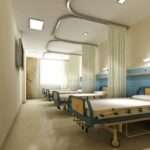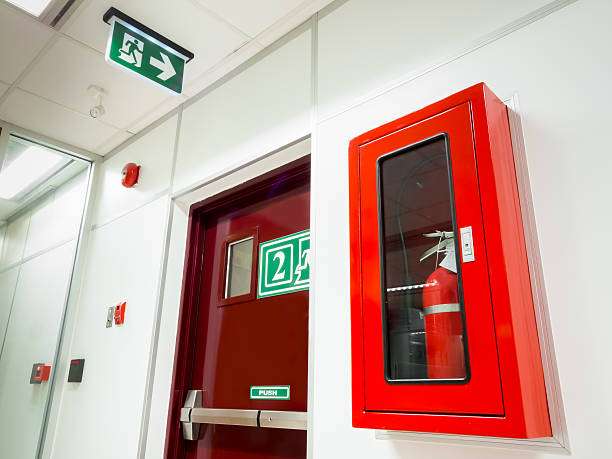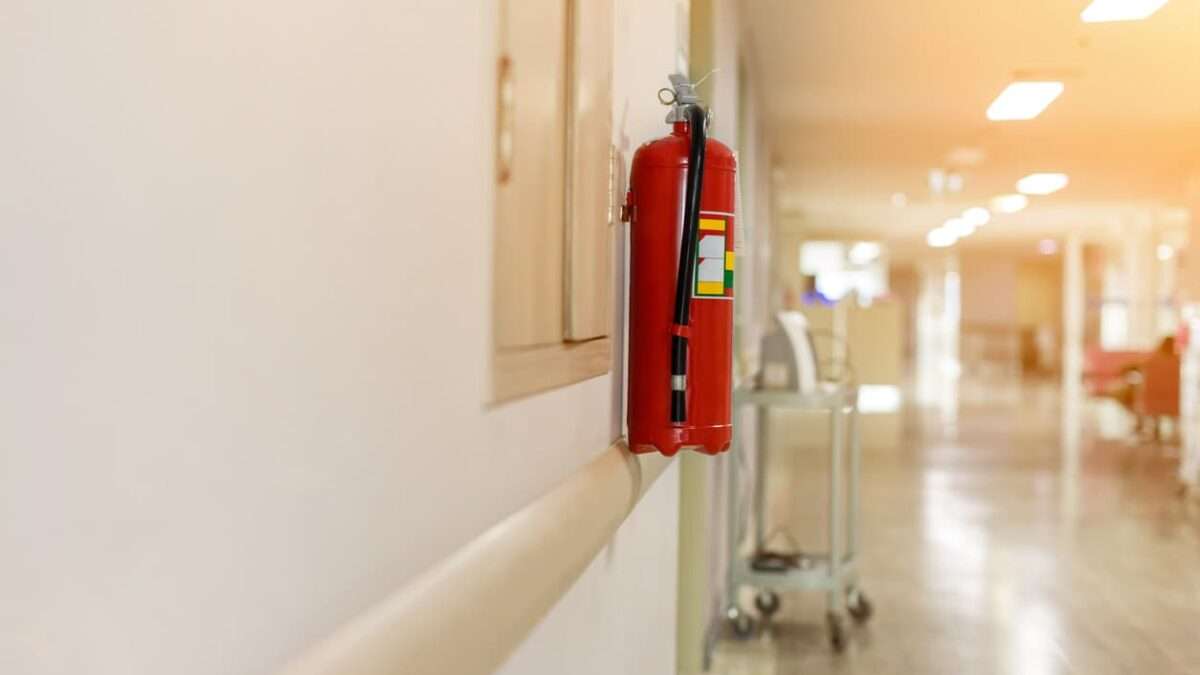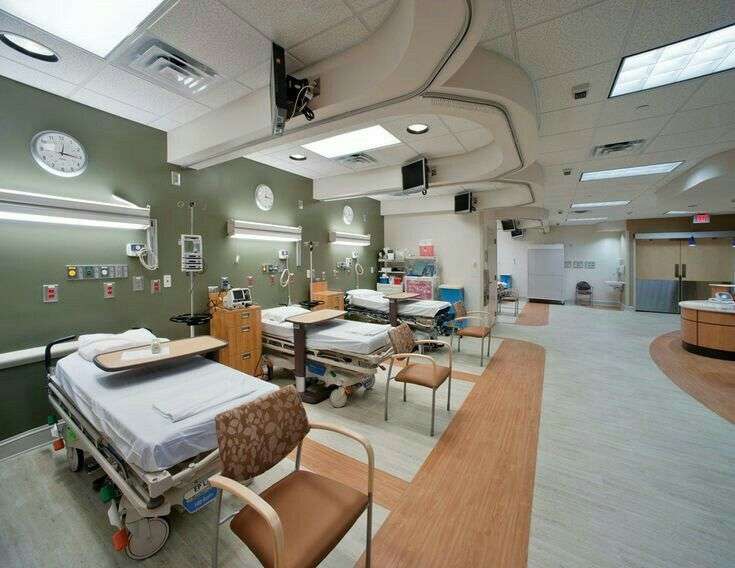
Hospertz Pioneers New Way of Healthcare Design: A Beginner’s Guide
July 2, 2024
How to Find the Right Investors for Your Hospital Project
July 9, 2024When it comes to hospitals, fire safety isn’t just a priority—it’s a necessity. Hospitals are unique environments where the stakes are incredibly high. Lives depend on the seamless operation of fire safety protocols and systems. From patients who might be bedridden to complex medical equipment that can’t simply be unplugged and moved, ensuring fire safety in hospitals presents unique challenges. This article will delve into comprehensive fire safety solutions tailored for hospitals, offering a blend of preventive measures, advanced technologies, and strategic planning.
Understanding Fire Hazards in Hospitals
- Common Fire Hazards: Hospitals are fraught with potential fire hazards. Electrical equipment, flammable chemicals, and kitchen areas all pose significant risks. Additionally, the sheer volume of daily foot traffic increases the likelihood of an accidental fire starting. Understanding these hazards is the first step in mitigating risks.
- Risk Assessment: A thorough risk assessment is essential. This involves identifying potential fire hazards, evaluating the risk levels, and implementing control measures to mitigate these risks. Regular assessments ensure that the hospital’s fire safety protocols remain robust and effective.
Fire Detection Systems
- Types of Fire Alarms: Fire alarms are the frontline defense in fire detection. Hospitals should install a combination of smoke, heat, and manual fire alarms to ensure comprehensive coverage. These systems should be regularly tested and maintained.
- Smoke and Heat Detectors: Advanced smoke and heat detectors can provide early warnings, giving staff crucial time to respond to a fire. These detectors should be strategically placed throughout the hospital to maximize effectiveness.
Fire Suppression Systems
- Sprinkler Systems: Sprinkler systems are vital for suppressing fires before they spread. In hospitals, where evacuation can be challenging, having an automatic sprinkler system can prevent a small fire from becoming a major incident.
- Portable Fire Extinguishers: While sprinkler systems handle large-scale fire suppression, portable fire extinguishers are essential for tackling smaller fires. Staff should be trained on how to use these extinguishers effectively.

Emergency Response Planning
- Creating an Emergency Plan: An emergency response plan outlines the steps to take in the event of a fire. This includes evacuation procedures, roles and responsibilities, and communication strategies. A well-documented plan ensures everyone knows what to do when a fire occurs.
- Staff Training and Drills: Regular training and drills are crucial. Staff should be familiar with the emergency plan and know how to respond quickly and efficiently. Drills help to identify potential issues and improve the overall response time.
Evacuation Procedures
- Evacuation Routes and Exits: Clear evacuation routes and exits are essential for a swift evacuation. These routes should be well-marked and free of obstructions at all times. Regular drills can help ensure that staff and patients can evacuate quickly and safely.
- Evacuation Drills: Conducting regular evacuation drills helps to ensure that everyone is familiar with the evacuation routes and procedures. These drills should be varied to cover different scenarios and times of day.
Fire Safety Equipment
- Importance of Fire Doors: Fire doors play a crucial role in containing fires and preventing them from spreading. Ensuring that these doors are kept closed and are in good condition can significantly improve fire safety.
- Emergency Lighting: In the event of a fire, power outages are common. Emergency lighting ensures that evacuation routes are visible, even in the dark. Regular testing of these lights is essential to ensure they function correctly during an emergency.
Patient Safety During a Fire
- Special Considerations for Patient Evacuation: Evacuating patients, especially those who are immobile or on life-support, requires careful planning. Hospitals should have specific protocols in place to ensure these patients can be safely evacuated.
- Keeping Patients Informed: Keeping patients informed about fire safety procedures can help to reduce panic during an emergency. This includes providing clear instructions and ensuring that staff are prepared to assist patients.
Staff Training and Education
- Regular Fire Safety Training: Ongoing training ensures that staff are always prepared. This includes training on how to use fire safety equipment, how to assist in evacuations, and how to respond to different types of fires.
- Importance of Fire Wardens: Appointing fire wardens can improve response times and ensure that fire safety protocols are followed. Fire wardens are responsible for coordinating evacuations and ensuring that everyone is accounted for.
Technological Advancements in Fire Safety
- Modern Fire Safety Technologies: Advancements in fire safety technology can significantly enhance a hospital’s fire safety protocols. This includes advanced fire detection systems, integrated communication systems, and automated response systems.
- Integration of Smart Systems: Smart systems can provide real-time data and alerts, improving response times and coordination during a fire. Integrating these systems into the hospital’s overall fire safety plan can provide a more robust safety net.
Continuous Improvement in Fire Safety
- Regular Audits and Reviews: Regular audits and reviews of fire safety measures are essential for continuous improvement. This ensures that protocols remain up-to-date and effective.
- Updating Fire Safety Measures: As new technologies and strategies emerge, hospitals should be prepared to update their fire safety measures. Continuous improvement ensures that hospitals are always prepared for potential fire emergencies.
Conclusion
Fire safety in hospitals is a complex but crucial aspect of healthcare management. At Hospertz Healthcare Consultancy, we understand that addressing the unique challenges, implementing comprehensive safety measures, and continuously improving protocols are essential to ensuring the safety of patients and staff. Fire safety is not a one-time task but an ongoing commitment to safety and preparedness, and we are dedicated to providing the expertise and solutions needed to build hospitals that prioritize fire safety at every level.




